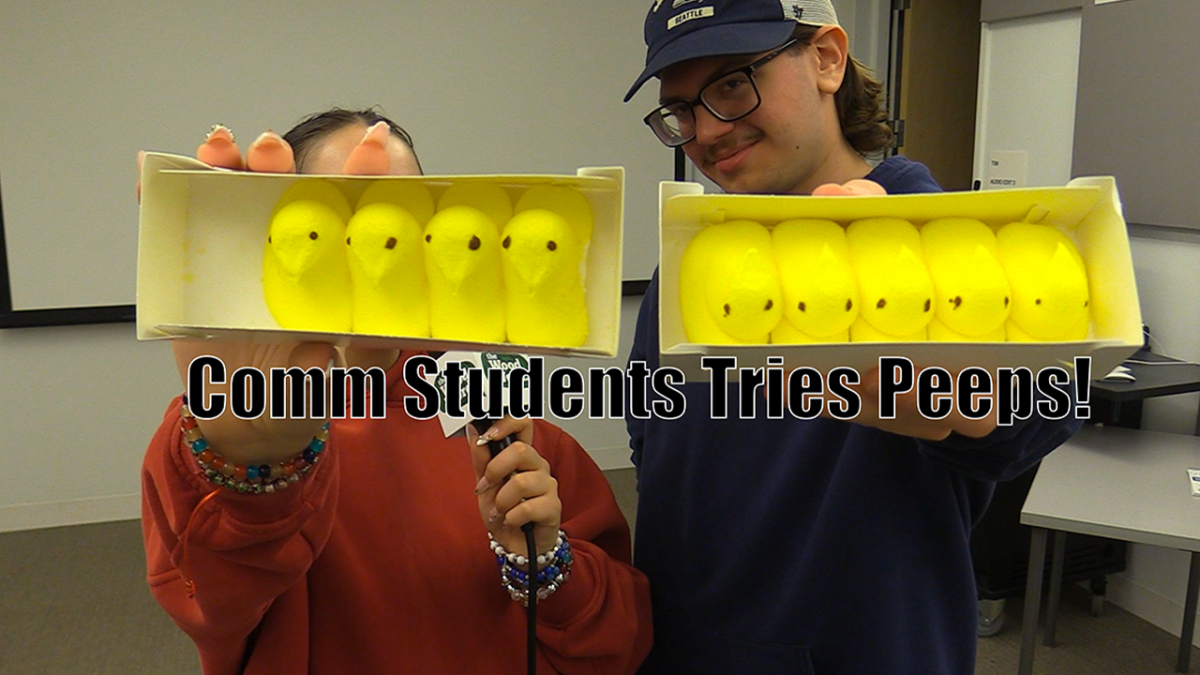Pacer Points are, as a concept, not unique to Marywood University. Points are Marywood’s own dining currency, and are used at multiple locations on campus in place of real money. Many other colleges throughout the country offer meal plans that contain school-specific “dining dollars” that function in the same vein that Pacer Points do. However, Pacer Points are limited in what they offer.
As a third-year student who lives on campus, I’ve spent my whole college career weighing the pros and cons of Pacer Points. My meal plan for my first two years included 200 Pacer Points per semester, and my current meal plan has 500 per semester (at the expense of nearly unlimited meal swipes). My current plan is about $700 cheaper, and I understand why – although 500 points seems like a lot at face value, it’s a lot less from a day-by-day perspective. On average, I can use about 4.75 points per day during the semester to make the end of the semester and the end of my Points collide on the same day. That’s not even enough for most drinks at Study Grounds, and certainly doesn’t make up for the limited number of meal swipes included with the plan.
The biggest problem with Pacer Points is the level of restriction they carry. Marywood has four dining locations on campus, and while you can pay with Points at all four, they are useless elsewhere. Points can’t be used at vending machines, they can’t be used at local restaurants and most confusingly, they can’t be used at the newly-implemented Amazon Go store.
There’s a simple solution to this – allow Points to be used at those places. Configuring vending machines to accept them may not be feasible, but deals could be made with local restaurants that allow students to pay with Points at those locations. The Amazon Go store can also be redesigned to accept Points, which would allow students a quick and easy way to buy snacks.
Another glaring limitation of Points is that they don’t carry over to the next semester. Any Points a student has left over after the semester expire and disappear forever, forcing students to buy items in bulk with any Points they still have. Again, there’s an easy fix – allow Points (and leftover meal swipes on the 150 Block plan) to transfer over semesters. This way, students who don’t use all of their points don’t need to spend them in bunches just so they don’t go to waste.
There are a couple pros to the system, however. Pacer Points are able to be used for printing and copying, and transactions using them are tax free, which is a nice benefit and gives reason to use Points instead of dollars at Study Grounds and other locations.
So, are Pacer Points worth it? My answer is both yes and no. They aren’t going anywhere anytime soon, as that would necessitate a re-work of Marywood’s meal plans and how they function. With a few tweaks to how and where they can be used, as well adding the ability to transfer them between semesters, I think the general perception of Points around campus could change into a more positive outlook. I’m not sure when or if those changes will ever happen, but the opportunity to quickly improve something that all students residing on campus deal with is ripe.
Contact the writer: [email protected]























